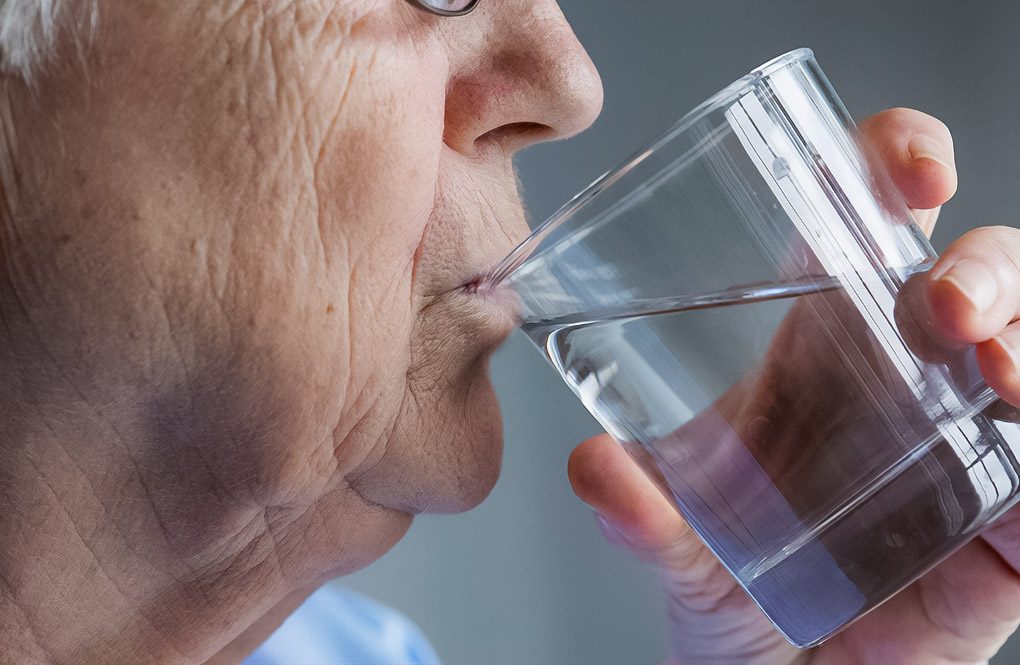The scorching desert climate and high air temperature have become common in Saudi Arabia. In these conditions, water is the main resource that requires constant monitoring and protection. The average annual content of fine PM2.5 particles reaches 41 micrograms per cubic meter. It is almost eight times higher than the World Health Organization recommends. Sand and dust storms are frequent here. They worsen the quality of water supplied to homes from wells and through desalination plants.
How Sandstorms Affect Water

Every day, millions of residents use water that has undergone multi-stage flash distillation, reverse osmosis, or microporous filtration. More than 67% of the total volume of drinking water in the country is obtained by desalination. For example, in Jeddah, annual water consumption exceeds 373 million cubic meters. This water passes through pipelines over 3,700 kilometers long and is stored in large reservoirs with a total supply of 1.85 million cubic meters.
During sandstorms, the smallest particles fill the air and enter reservoirs, water storage and distribution systems. At the same time, the risk of infection with bacteria, viruses and heavy metals increases many times. Dust settles on the walls of containers, forming persistent biofilms. They are difficult to remove by regular flushing. At the same time, groundwater, which accounts for 80% of agricultural water supply, is also polluted.
Why is Filtering Becoming a Necessity

In such circumstances, home filtration system is no longer a simple measure of convenience. It is already a vital protection. Hyperfiltration, reverse osmosis and microporous filtration systems remove up to 99% of all pollutants. They trap particles of pesticides, lead, mercury and arsenic. For example, the study found that after water passed through the reverse osmosis membrane, the concentration of magnesium decreased from 1.80 ppm to 1.40 ppm, and potassium, from 0.62 ppm to 0.55 ppm.
However, there is a downside to such technologies. Filters can remove not only dangerous substances, but also useful minerals. In one study, the fluoride level in unfiltered water was only 0.02 ppm, compared with the recommended value of 0.7 ppm. With the constant use of such depleted water, there may be risks to the health of teeth and bones. Therefore, it is important to choose filtration that simultaneously cleanses and preserves important trace elements.
The Need for Regular Maintenance of Systems

Sandstorms occur frequently. This means that water filters and reservoirs require constant monitoring. Contamination of filters, precipitation, and changes in the chemical composition of water are all health hazards. Maintenance and timely replacement of system elements become mandatory. Many families in Saudi Arabia are already using modern water filtration sytem for home. They use mechanical filters, ion exchange and adsorption methods. According to research, about 60% of households install at least one water purification system.
The combination of extreme climate, high dust levels and complete dependence on desalinated water resources creates a serious burden on infrastructure. As sandstorms become more frequent and storage and distribution systems come under pressure, timely filter replacement and the selection of reliable cleaning technologies become critical.
Frequent sandstorms are not only an air and environmental problem. It is also a factor that directly affects the safety of drinking water. Proper home filtration helps to reduce risks and preserve the health of people living in conditions of constant exposure to dust and micro pollutants typical of the desert zone of Saudi Arabia.
Skier, foodie, band member, Eames fan and HTML5 Guru. Producing at the intersection of art and computer science to craft delightful brand experiences. I sometimes make random things with friends.

